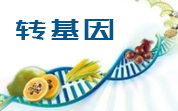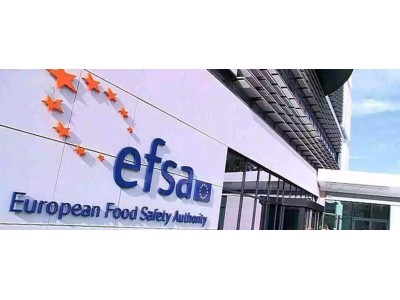据了解,这种食品酶是由非转基因少根根霉菌株AE-G生产的,旨在用于烘焙工艺、咖啡加工和酶改性乳制品配料制造中、�/div>
经过评估,专家小组认为,在预期的使用条件下(蒸馏酒精生产除外),不能排除饮食暴露引起过敏反应的风险,但这种情况发生的可能性很低。根据所提供的数据,小组得出结论,该食品酶在预期的使用条件下用于烘焙过程时不会引起安全隐患。部分原文报道如下:
The food enzyme glucan 1,4-��-glucosidase (4-��-d-glucan glucohydrolase; EC 3.2.1.3) is produced with the non-genetically modified Rhizopus arrhizus strain AE-G by Amano Enzyme Inc. The food enzyme is free from viable cells of the production organism. The applicant proposed the use of the food enzyme in baking processes, coffee processing and manufacture of enzymatically modified dairy ingredients (EMDI). The Panel co
nsidered o
nly the baking processes as the relevant intended use of this food enzyme. Dietary exposure to the food enzyme�Ctotal organic solids (TOS) was estimated to be up to 0.94 mg TOS/kg body weight (bw) per day in European populations. Genotoxicity tests did not raise a safety concern. The systemic toxicity was assessed by a repeated dose 90-day oral toxicity study in rats. The Panel identified a no observed adverse effect level of 1,868 mg TOS/kg bw per day, the highest dose tested, which when compared with the estimated dietary exposure, resulted in a margin of exposure of at least 1,987. A search for the similarity of the amino acid sequence of the food enzyme to known allergens was made and one match was found. The Panel co
nsidered that under the intended co
nditions of use the risk of allergic reactions by dietary exposure cannot be excluded, but the likelihood is low. ba
sed on the data provided, the Panel co
ncluded that this food enzyme does not give rise to safety co
ncerns when used in baking processes under the intended co
nditions of use.
本文由食品伙伴网食品资讯中心编辑,有任何疑问,请联系news@www.sqrdapp.com、�/span>










 地区9�/font>
地区9�/font>

 欧盟评估转基因玉米MO
欧盟评估转基因玉米MO
 欧盟评估一种麦芽糖淀
欧盟评估一种麦芽糖淀 美国拟撤销若干肉类叉�/a>
美国拟撤销若干肉类叉�/a> 鲁公网安� 37060202000128叶�/a>
鲁公网安� 37060202000128叶�/a>



